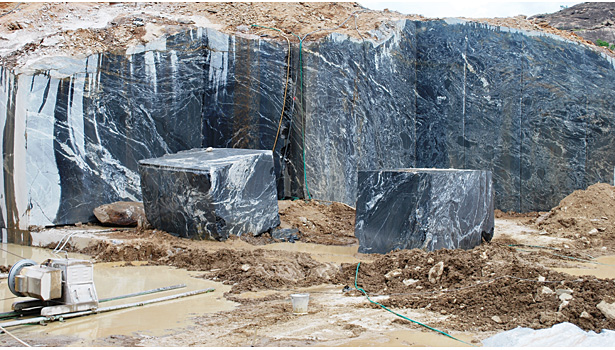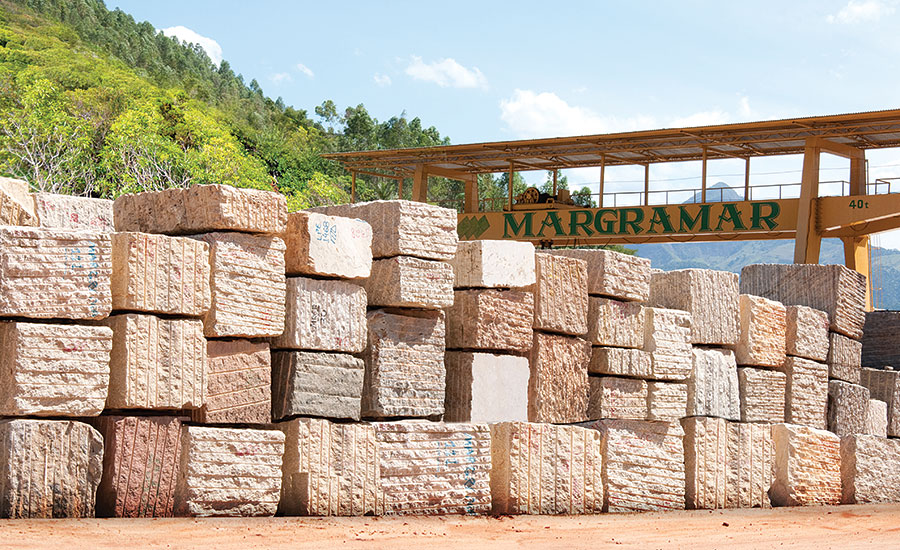Discovering the Appeal of Granite Quarry in South Africa Marvels
Discovering the Appeal of Granite Quarry in South Africa Marvels
Blog Article
Unveiling the Mysteries of Granite Quarrying: Where Strength and Style Meet
The world of granite quarrying is a realm where the raw toughness of nature assembles with human creativity to create frameworks that stand the test of time with an air of elegance. From the midsts of quarries to the careful polishing in workshops, the procedure of transforming granite into building marvels is an intricate dance of tradition and technology. As we peer into the midsts of this old craft, we begin to discover the covert details that shape the very significance of our built setting.
The Origins of Granite Quarrying
In the record of architectural background, the origins of granite quarrying are shrouded in a tapestry of old workmanship and geological marvels. Going back to ancient Egypt and Mesopotamia, the removal of granite from quarries marked the start of a journey that would ultimately lead to the development of some of the world's most legendary structures.
Granite quarrying's origins can be traced to the knowledgeable artisans that identified the stone's longevity and aesthetic charm. Via a combination of primitive tools and large determination, these early quarry employees uncovered granite blocks that would end up being the building blocks of people.
As civilizations evolved, so did the strategies of quarrying granite. The Romans, renowned for their design expertise, developed sophisticated approaches for removing granite to construct monuments, holy places, and roadways that stood the examination of time.
The legacy of these ancient quarrying methods proceeds to form modern-day architecture, with granite remaining a sign of stamina and style in construction projects around the globe. (granite quarries in south africa)
Tools of the Quarrying Trade
The development of granite quarrying methods from ancient people to modern-day times highlights the critical role played by the tools of the quarrying trade in forming the industry's techniques. In old times, quarrying devices were rudimentary, frequently containing chisels, hammers, and wedges made from materials like bronze or iron. These tools called for substantial workforce and time to essence granite obstructs from quarries.

Additionally, the intro of pneumatic tools and high-powered machinery has significantly minimized the physical labor called for in quarrying procedures, enhancing employee safety and efficiency. As the quarrying industry remains to innovate, the tools of the trade remain at the leading edge of driving development and forming the future of granite extraction.
Drawing Out Blocks of Granite
Using precision machinery and advanced techniques, the extraction of granite obstructs from quarries has actually come to be an innovative process in the modern-day quarrying sector. Regulated blasting techniques are after that utilized to damage apart the granite right into workable areas.

Sprucing Up and Finishing Methods
To achieve a perfect surface area on granite blocks, knowledgeable artisans employ a series of careful sprucing up and finishing techniques. After the preliminary extraction and forming procedures, the granite blocks undergo a complete polishing stage to enhance their natural elegance and resilience.
In addition to sprucing up, finishing methods are applied to more refine the granite's look. By Click Here thoroughly picking and applying these brightening and finishing strategies, artisans can change raw granite blocks into charming pieces that display both strength and style.

Environmental Impact and Sustainability
With the expanding focus on ecological awareness in the industry, granite quarrying techniques are significantly scrutinized for their impact on natural sources and long-term sustainability. Additionally, the transport of granite from quarries to processing facilities creates carbon exhausts, better adding to ecological degradation.
To mitigate these impacts and make certain sustainability in granite quarrying, market stakeholders are adopting various measures. Applying advanced technologies to decrease energy intake and water usage, reclaiming quarried land for ecological remediation, and advertising accountable sourcing content techniques are some methods being employed. In addition, accreditations such as the Woodland Stewardship Council (FSC) and the Management in Power and Environmental Layout (LEED) aid customers determine eco pleasant granite items.
Final Thought
To conclude, granite quarrying is a process that needs specialized devices and techniques to remove blocks of granite and brighten them to a high degree of finish. While the ecological impact of quarrying can be significant, efforts are being made to boost sustainability techniques in the sector. Generally, granite quarrying is a delicate balance in between taking advantage of the stamina and beauty of this all-natural rock while reducing its effect on the setting.
Report this page